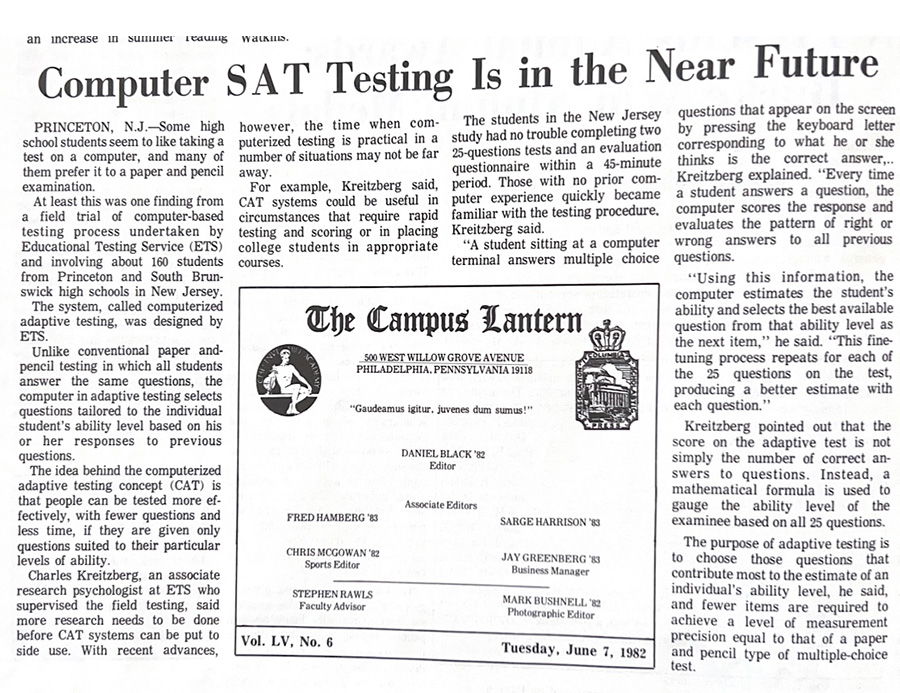“Embracing spatial computing will be the future,” declared Tim Cook, Apple’s CEO, as he drew parallels between the revolutionary impact of the Mac on personal computing and the iPhone on mobile computing, positioning Apple Vision Pro as the herald of spatial computing. Watching his presentation unveiling the new Apple device, my anticipation for the next technological leap intensified, given Apple’s track record. However, as I delved deeper into this evolutionary advancement, I couldn’t ignore the disappointing repercussions it cast on the local community.
The sight of people navigating busy streets while engrossed in typing on seemingly invisible surfaces, engaging in conversations with their attention diverted to personal screens, and investing substantial sums in what appeared to be a glitch-ridden device left me pondering the societal purpose of augmented reality (AR). Moreover, beyond the immediate impact on society, there are broader concerns about the implications of how we will perceive reality itself. Despite AR’s potential to open new realms of possibilities, its current trajectory is marred by substantial social, ethical, and practical challenges, stretching the widely held belief that it will be the transformative future of computing.
Despite the optimistic proclamations from industry leaders like Tim Cook, who hails spatial computing as the future, there is substantial evidence challenging augmented reality’s potential societal benefits. One key aspect of AR, the overlaying of digital information onto the physical world, has raised significant concerns regarding public safety. A study by the National Highway Traffic Safety Administration (NHTSA) reveals a troubling fifteen percent increase in pedestrian fatalities related to distracted walking between 2015 and 2019, with the use of mobile devices identified as a major contributing factor. Introducing AR devices into the mix may exacerbate this issue, as individuals become engrossed in virtual content while navigating real-world environments, posing serious risks to both users and those around them.
Moreover, the economic impact of widespread AR adoption is another point of contention. Tech companies market AR as the next frontier, but the International Data Corporation (IDC) reports that the average cost of AR devices, including smart glasses and headsets, remains prohibitively high for many consumers. This economic barrier not only contributes to a digital divide but also restricts the democratizing potential technology should bring.
In addition to safety and economic concerns, ethical dilemmas surrounding the use of AR, particularly concerning privacy, are emerging. AR devices capture and process real-time information from the user’s surroundings, raising questions about data security and unauthorized surveillance. A survey by the Electronic Frontier Foundation (EFF) found that 78% of respondents expressed concerns about the potential misuse of AR technology for invasive data collection, highlighting the need for robust privacy regulations and safeguards to protect individuals from unintended consequences. In conclusion, while AR holds exciting possibilities, it faces significant challenges in terms of public safety, economic accessibility, and privacy considerations. The cumulative evidence presented suggests that AR may not be the transformative and universally beneficial technology that some envision.
These AR goggles aren’t just dangerous and exploitative within the public, but completely unethical because they ruin how we naturally interact socially. Over the past four years, I have owned a virtual reality headset that can simulate this augmented reality called the Oculus Quest. I have played games, taken calls, and even talked with others around me while wearing a computer on my head. To really get the true experience of AR, I have also worn one of these Apple Vision Pro headsets borrowed from a friend, and while it had many quality-of-life improvements, it wasn’t the same as talking in-person. The things that you can see while others couldn’t, the appearance of having a metal block strapped on your head, and the fact that FaceTiming would produce a deep fake version of yourself all seemed uncomfortable.
So from personal experience, I have come to realize that this new form of technology lacks humanity. Sure, we’ve used phones and laptops to communicate with each other, but AR completely takes over the two most important senses of the human body: sight and hearing. When the goggles were on me, there were times where I didn’t know if what I was looking at was really real or a high quality 3D image of that object.
These big tech companies like Apple, Microsoft, and others are creating technology so advanced that instead of bridging the gap in interaction between people, they are creating a whole new environment where there is no gap. Instead of improving the devices that can communicate with others in the real world, they are developing technology that takes you away from reality, putting you in a place where, yes, you can do many things you can do on a smart phone, but at the cost of not being able to view your natural surroundings.
When will we start receiving ads in front of our eyes whenever we put on the headset? When will data hackers begin to break through tech companies’ cyber-security and manipulate how users perceive the world? How will we, the public, avoid the dystopian world where people have given up on reality and become dependent on the augmented version? Without limits, barriers, and regulations currently in play, these monopolies already have too much power to adjust what we see.
“You don’t need a physical hardware TV, you buy a one-dollar app ‘TV’ and put it on the wall,” Facebook CEO Mark Zuckerburg explained. Although, would this digital TV even be “real”? “We’re building the cloud to connect [the people] all,” announced AR startup XR Residency CEO, Alon Grinshpoon. This is the same cloud that will ultimately dissolve the real world. “Today marks the beginning of a new era for computing,” declared Tim Cook in his introduction of the Apple Vision Pro. This optimistic vision of the future, where augmented reality becomes an integral part of our daily lives, is only manipulative advertising.
Critics argue that the current trajectory of AR technology, as represented by devices like the Vision Pro, lacks the essential social and interactive elements that are fundamental to our human experience. Along with additional societal flaws that ultimately endanger the public, this is a far cry from the vibrant, interconnected future that many envision for AR. Furthermore, serious issues surrounding privacy, data protection, and the potential for addiction cannot be ignored.
Therefore, while AR undoubtedly holds promise, it is crucial to approach its development and implementation with a critical eye, ensuring that it enhances rather than detracts from our living experiences.
















































